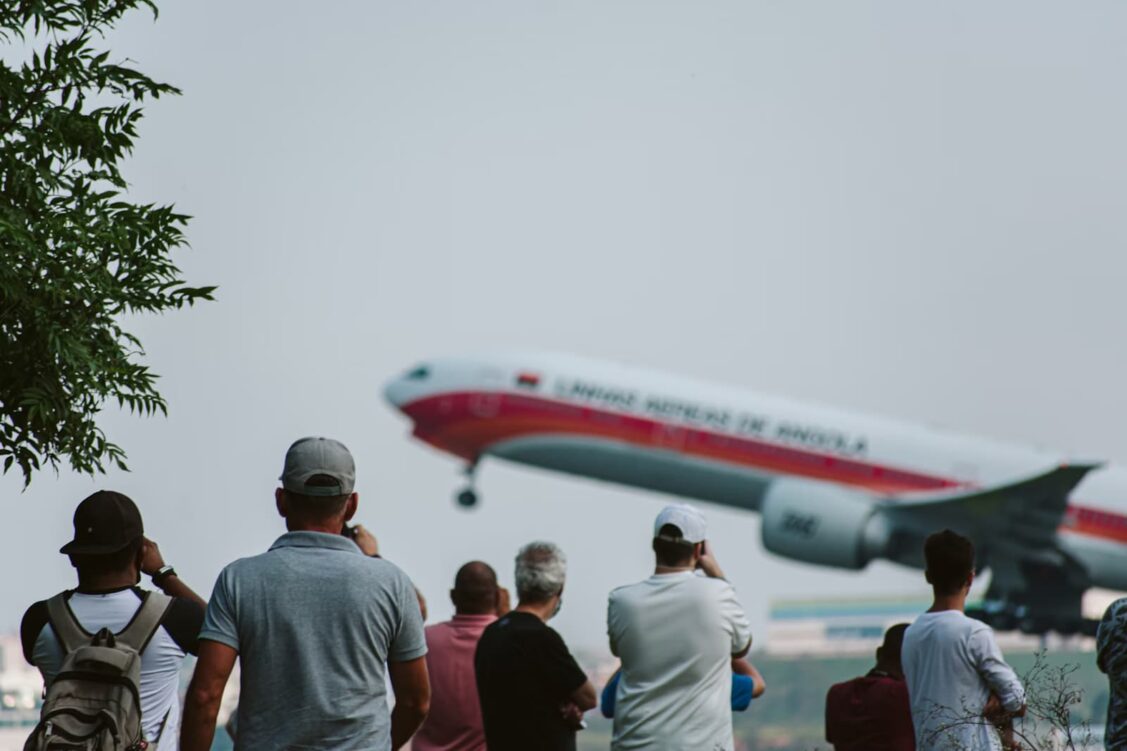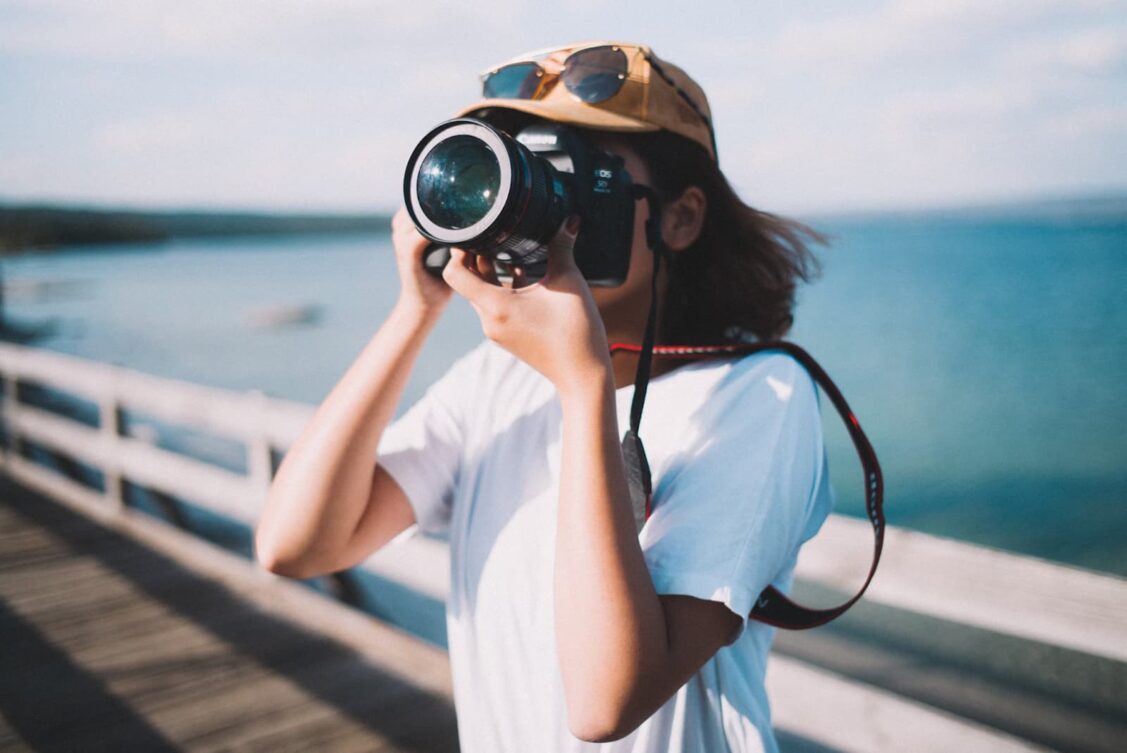Aviation photography is a mesmerizing combination of precision, patience, and passion. Achieving outstanding photographs of airplanes in flight requires more than just technical ability but also a profound grasp of timing and technique. For photographers of all skill levels, whether amateur or professional, one key tool can significantly enhance your ability to capture breathtaking shots: Flightradar24. By knowing flight paths and schedules, you can position yourself at the right place and the right time, ensuring you never miss that perfect shot.
In this blog post, we’ll explore the fundamentals of aircraft photography, emphasizing timing as well as methods that can transform your photos from ordinary to extraordinary. We’ll also highlight the importance of flight radars in planning and executing your photography sessions, making it easier to track and predict aircraft movements.
Perfecting Timing in Aviation Photography

In aviation photography, timing is absolutely crucial. The allure of photographing an aircraft in motion comes from the split-second decisions that define the quality of your shot. Here’s how to master timing in your aircraft shooting:
- Use Flight Radars for Accurate Scheduling: Knowing the exact time an aircraft will take off or land is crucial. Flight radar websites provide real-time updates on flight schedules and paths, helping photographers plan their shoots with precision. By tracking flights, you can arrive at the airport or your chosen location well in advance, setting up your equipment and scouting the best vantage points.
- Golden Hours for Photoshooting: Just like other forms of photography, aviation photography benefits from the golden hours—shortly after sunrise and before sunset. During these times, the light is soft and warm, casting a beautiful glow on the aircraft. Plan your shoots around these hours for the best lighting conditions. Using a flight radar, you can identify flights scheduled during these times and ensure you’re ready to capture the magic.
- Predicting Aircraft Movements: Recognizing flight paths and patterns at your chosen location can greatly improve your timing. Airports often have standard operating procedures, including specific runways for takeoffs and landings based on wind direction and weather conditions.
Mastering Techniques for Stunning Shots

Once you’ve mastered timing, you should concentrate on tactics that will allow you to capture gorgeous pictures of aircraft in air. Here are some tips to enhance your aviation photography skills:
- Choose the Right Equipment:
- Camera and Lenses: A DSLR or mirrorless camera with fast autofocus and a high frame rate is ideal for plane photo-shooting. Pair this with a telephoto lens, typically in the range of 200-400mm, to get close-up shots of the aircraft.
- Tripod and Monopod: Stability is key when capturing moving subjects. A sturdy tripod can help you achieve sharp images, especially when using slower shutter speeds. A monopod offers more flexibility and is easier to maneuver while tracking fast-moving planes.
- Camera Settings:
- Shutter Speed: A fast shutter speed (1/1000s or faster) is essential for freezing the motion of the aircraft. For propeller planes, a slightly slower shutter speed (1/250s to 1/500s) can create a sense of motion by blurring the propellers.
- Aperture: Use a smaller aperture (f/8 to f/11) to ensure a deep depth of field, keeping the entire plane in focus. However, in low light conditions, you may need to open up the aperture (f/2.8 to f/5.6) and adjust the ISO accordingly.
- ISO: Keep the ISO as low as possible to avoid noise, but be prepared to increase it in low light situations to maintain a fast shutter speed.
- Composition and Framing:
- Rule of Thirds: Apply the rule of thirds to your compositions. Place the aircraft along one of the grid lines or at the intersection points to create a balanced and dynamic image.
- Panning Shots: To convey a sense of speed, try panning with the airplane. Use a slower shutter speed (1/60s to 1/125s) and follow the plane’s motion with your camera. This technique blurs the background while keeping the aircraft sharp, emphasizing its movement.
- Background and Foreground: Pay attention to what’s in the background and foreground of your shot. A clean, uncluttered background can make the aircraft stand out. Incorporating elements like runway lights or airport structures can add context and interest to your photos.
- Post-Processing:
- Editing Software: Use photo editing software like Adobe Lightroom or Photoshop to enhance your images. Adjust the exposure, contrast, and colors to bring out the best in your shots.
- Cropping and Straightening: Crop your images to improve composition and remove any distracting elements. Ensure the horizon is straight to maintain a professional look.
Using Flight Radars to Elevate Your Photography
As mentioned earlier, flight radars are invaluable tools for flight snappers. Here’s how they can enhance your photography experience:
- Real-Time Tracking:
- Access real-time data on aircraft locations, altitudes, and speeds. This information helps you anticipate the exact moment an airship will enter your shooting range, allowing you to prepare and capture the shot at the perfect moment.
- Planning Shoots:
- Use flight radars to plan your photography sessions days or even weeks in advance. By monitoring flight schedules, you can choose the best times and dates for your shoots, ensuring you don’t miss any significant aircraft movements.
- Location Scouting:
- Identify the finest spots for picture-taking based on flight paths and airport layouts. Flight radars can help you find spots where aircraft are likely to pass close to your position, offering unique angles and perspectives for your shots.
- Weather Considerations:
- Many flight radar websites provide weather updates, which are crucial for aviation photography. Knowing the weather conditions in advance helps you prepare for different lighting and visibility scenarios, ensuring you’re always ready to capture the best possible images.
Conclusion
Airplane photographing is a thrilling and rewarding genre that combines the excitement of flight with the art of photography. By mastering the timing and techniques involved, you may snap magnificent photographs of airplanes in motion. Utilizing tools like flight radars can significantly enhance your ability to plan and execute your photography sessions, ensuring you’re always in the right place at the right time.
Whether or not you’re a skilled aircraft photographer or just getting started, remember that patience, practice, and preparation are key. So grab your camera, check a flight radar, and head out to your favorite spot—you never know when you’ll capture your next masterpiece.
